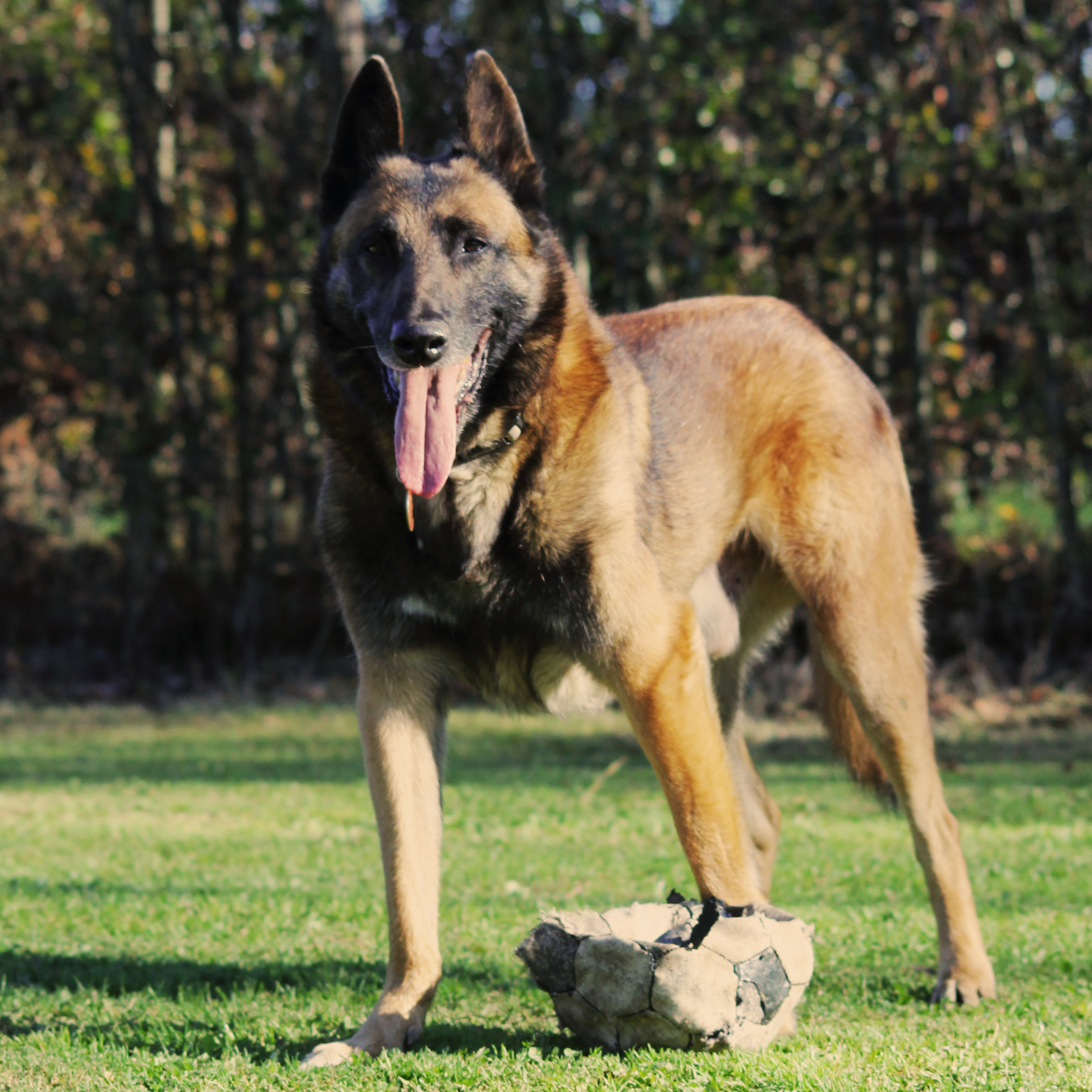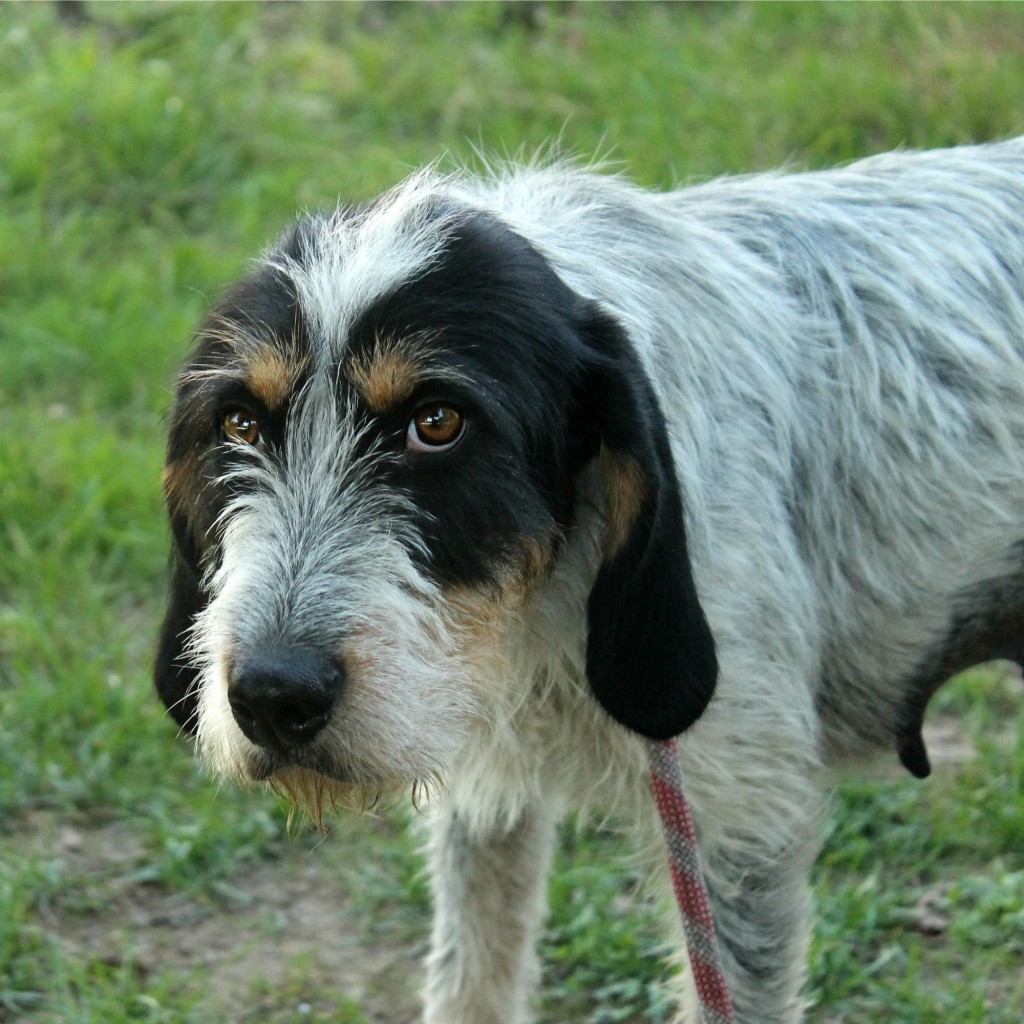Before the internet, how did anyone survive? In this modern age, there are many listings for dog trainers in your Yellow Pages and with all the television programmes you can find, you’re sure to find one that addresses exactly what problems your dog has and will help you with a DIY approach to dog training. With the wealth of material, how can you ever hope to navigate what’s out there and make the best use of it? Here are my top ten go-to pages or Youtube channels to help you and your dog.
- No potential puppy owner should ever even think of adopting without reading the wealth of free stuff from Dr Ian Dunbar (also listed on Your Puppy pages) Dog Star Daily is the best thing you can spend a couple of hours doing before you get your new puppy. He’s also an expert on dog aggression and on classical and operant conditioning (using rewards to help train your puppy or dog positively. There is no reason at all not to pass a little time on this site, since the free downloads are arguably better than any book you could buy. A puppy training course and Dr Ian Dunbar and you’ll need little else to help you raise a well-rounded and confident dog.
- If you’re looking for great online video tutorials, you need look no further than Zak George’s Youtube Channel. Pair this up with Ian Dunbar and you won’t need much else. From house-training to crate-training, play biting to walking on the lead, introducing cats and dogs, teaching your dog to sit, to teach recall and basics such as ‘stay’ and ‘leave it’, Zak George offers helpful and positive advice.
- Another great Youtube channel is that of Kikopup, whose gentle and positive style will help you deal with unwanted doggie behaviour as well as showing you a range of more advanced behaviours that will keep your dog thinking. You don’t have to stop with the basics!
- If you’ve got a ‘fraidy cat and you’re looking for something to help you work on your dog’s nerves other than tranquilisers, fearfuldogs.com will be a lifesaver. There are lots of great free resources on the site, as well as resources worth splashing out on.
- Dr Sophia Yin may not be with us anymore but her work is pivotal in training. A ‘cross-over’ trainer, who used to use punishment to teach dogs, she became a powerful advocate for positive training. She often worked with dogs with severe behavioural problems. Her books and tutorials are an absolute gift for anyone who wants to build a better relationship with their dog. And if you want to know why I won’t be posting a link to Cesar Millan on here, Dr Yin’s explanation will make it clear. You only have to watch the first two minutes of the Tough Love video to know why I feel as she does. Besides, we all know that it’s cats who have bested us, surely.
- If you’re British, as I am, you’ll appreciate the fabulous Nando Brown and his Mally, Fizz. His videos are more video diary than polished Zak George step-by-step demos, but they’re funny and give you plenty of understanding of dog behaviours and training tips. His Facebook page is a great way to pick up on tips and thoughts.
- Grisha Stewart is my final recommendation for training channels. She’s got some great life hacks and tutorials for the everyday stuff like taking pills (because a bit of cheese doesn’t always work) and clipping nails.
- The Family Dog ladies are brilliant if you’ve got children who need a little education around dogs, and they do great work to help prevent dog bites, many of which involve children and dogs. Their Kids’ Club videos are brilliant if you are trying to tame both dogs and children. It’s not just about how to pet dogs and how to behave around them, but sensible tips to help your children build great relationships with your dog.
- For all your doggie needs in France, you’ll find Amazon.fr and Zooplus.fr have got you covered. Wanimo.com is also a site with lots of animal goodies. You may need a prescription to buy some of the items if they are things you would usually buy via your vet.
- When it comes to illnesses, PetMD is your one-stop shop. It may be based in the USA, but it is as relevant for doggie diseases on the continent for the most part, and for all doggie ailments and illnesses. Especially in France, if French is your second or third language, you may not feel comfortable asking about the details of parvovirus, demodetic mange or piroplasmosis. You’ll find details on PetMD that is written by experts for non-experts. It also has great emergency advice, though nothing as good as giving your vet a call.
If you’ve got further ideas for things you feel should be included, why not drop me a line and let me know what you’ve found useful, or leave a comment on the Woof Like To Meet facebook page?


